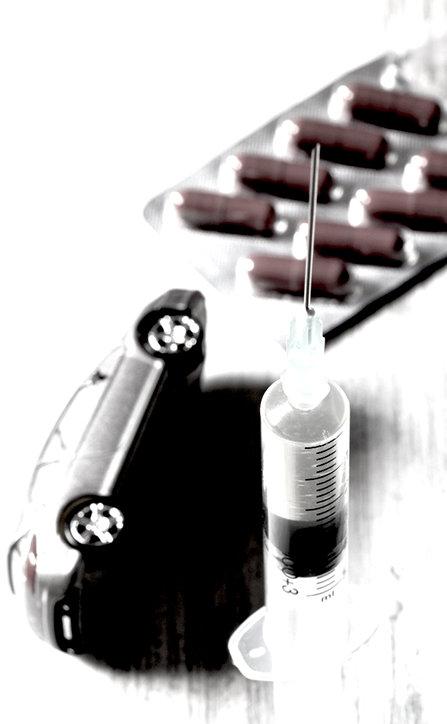The Odds of Dying from a Drug Overdose Are Higher Than Dying from a Car Accident

A recent study conducted by the National Safety Council came up with some alarming numbers. The number of preventable injuries and deaths in The United States for 2017 were analyzed and showed that the odds of a United States citizen dying from a drug overdose are higher than the odds of dying from a car accident.
Due to the increasing rates of addiction, this sadly does not come as much of a surprise. According to the Centers for Disease Control and Prevention (CDC), an average of 103 Americans die from opioid overdose every day. The odds of dying due to a motor vehicle crash were 1 in 103 while the odds of dying from an accidental opioid overdose were 1 in 96. The odds of death by suicide are now at 1 in 88.
There were 70,237 deaths caused by drug overdose in the United States last year with 67.8% (47,600) of those deaths being linked to some form of an opioid. These numbers highlight the gravity of the current situation the United States is facing as a country. There is a serious issue with addiction and mental health that needs greater attention if there is any hope of things getting better.
A major contributor to the increasing amount of deaths is the growing prevalence of illegally manufactured fentanyl. A report from the CDC shows that deaths from fentanyl surpassed those related to heroin in 2016. Overdose deaths related to cocaine have also risen due to the amount of cocaine that is being cut with fentanyl.
The three states with the highest drug overdose death rates for 2017 were Ohio, West Virginia and New Hampshire. The amounts of drug overdose death and suicide have risen so high that they have contributed to a further drop in the average US life expectancy for another year in a row.
For the past couple of decades, the pervasiveness of addiction throughout the country has been on a continual rise.
The current opioid crisis has been the accumulation of three distinct time periods that have built one upon the other. The over-prescribing of prescription painkillers in the 1990s laid the foundation for the problems we are seeing today. In the 2000s heroin began to flood the United States black market as the demand for opioids continued to increase. The introduction of illicit fentanyl being produced in mass quantities in 2013 continued to lead us to the grim reality that we are all facing today.
Fentanyl entering into the black market has been a game changer for two main reasons. The first being that the drug is much stronger than heroin and therefore only takes a small amount to kill someone. The other reason is that it is more difficult to revive someone from a fentanyl overdose than it is from a heroin overdose.
This deadly drug is being mixed into a wide variety of other street drugs so a person can never really tell what it is they are actually about to take.
Case in point: a recent incident of mass fentanyl overdoses in California hit several people in a single morning leaving one person dead upon arrival and a dozen others sent to the hospital.
It is now more important than ever that the United States work on making addiction treatment more accessible to the countless amounts of people who desperately need it.
Sources:
- https://www.vox.com/science-and-health/2019/1/15/18183815/opioid-epidemic-car-crashes-national-safety-council
- https://www.cdc.gov/drugoverdose/epidemic/index.html
- https://injuryfacts.nsc.org/all-injuries/overview/
- https://www.cnbc.com/2019/01/15/americans-more-likely-to-die-from-opioid-overdose-than-car-accident.html
- https://www.cnn.com/2019/01/14/health/opioid-deaths-united-states-surpass-road-accidents/index.html
- https://edition.cnn.com/2018/12/22/health/illegal-fentanyl-driving-opioid-epidemic-cdc-bn/index.html
- https://www.cdc.gov/nchs/data/nvsr/nvsr67/nvsr67_09-508.pdf


